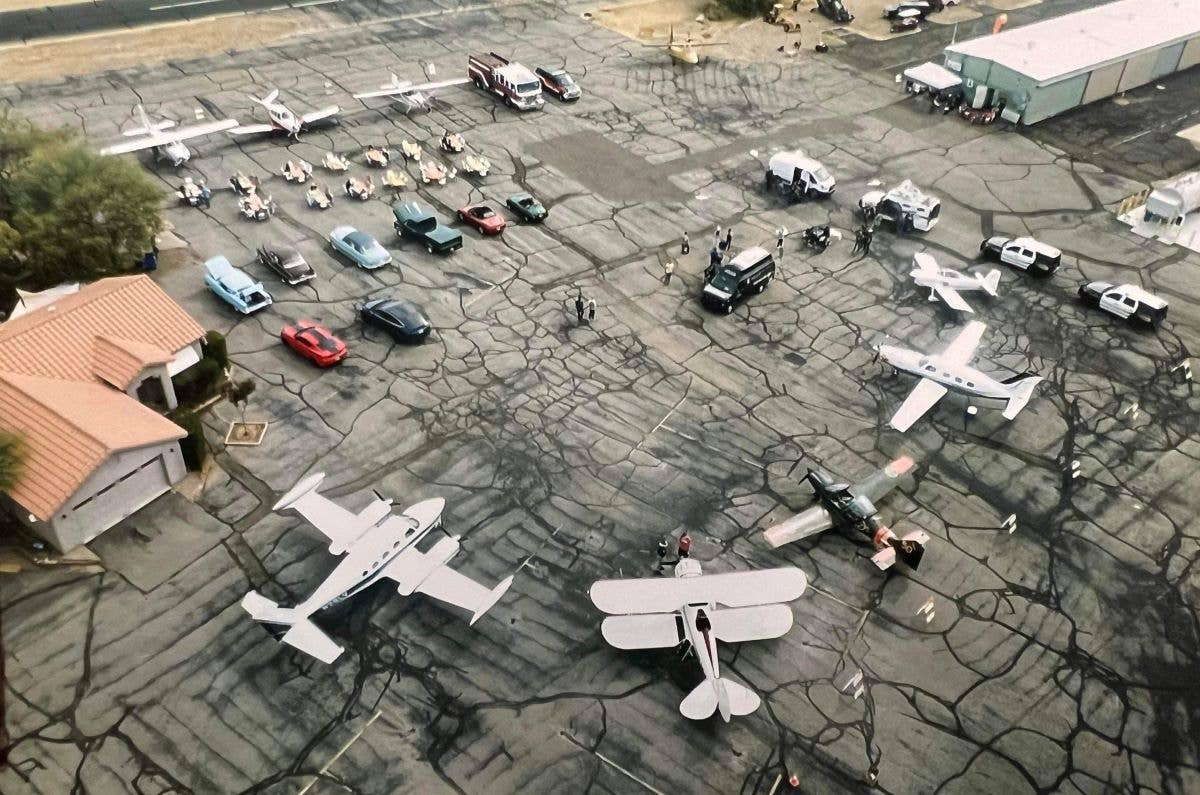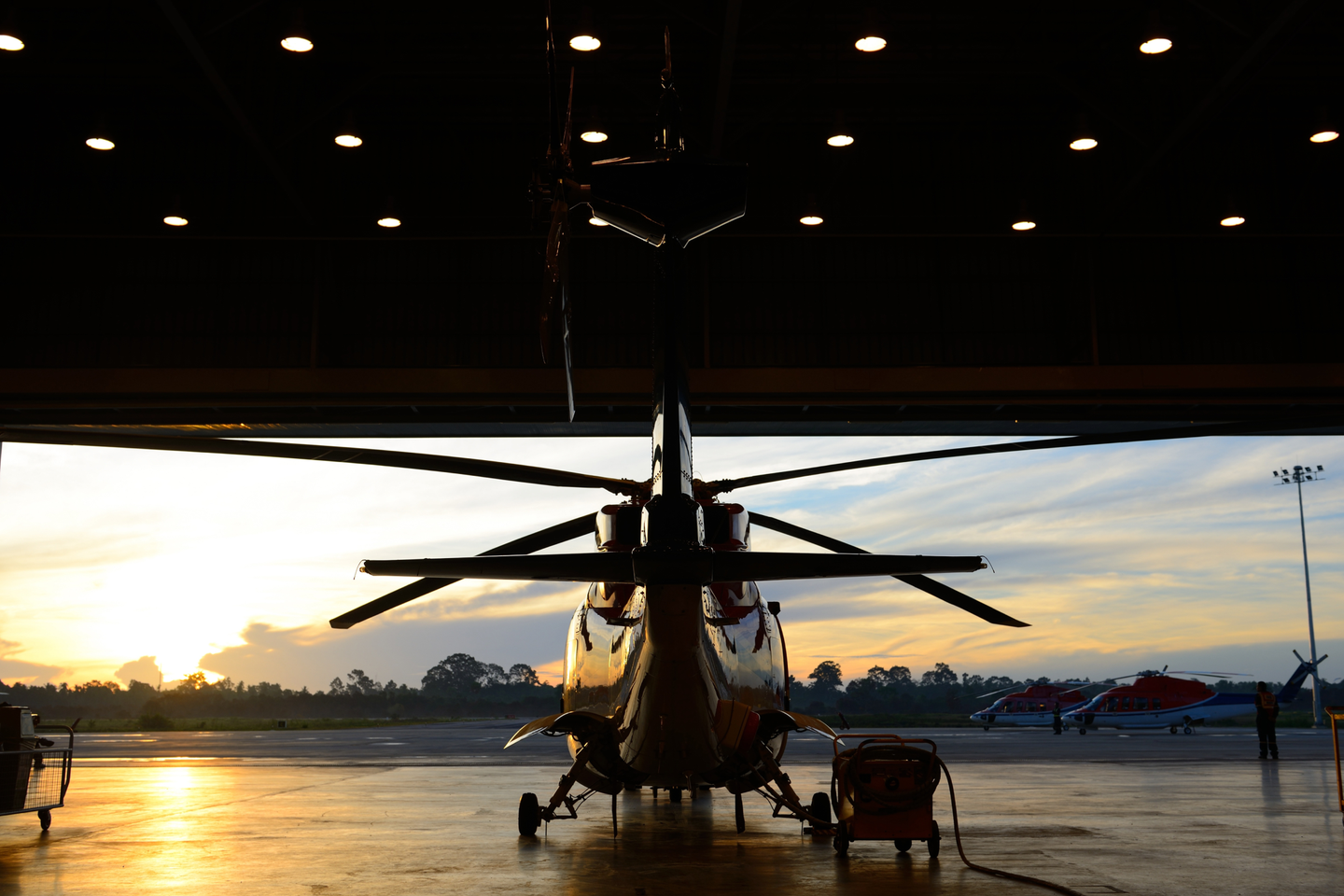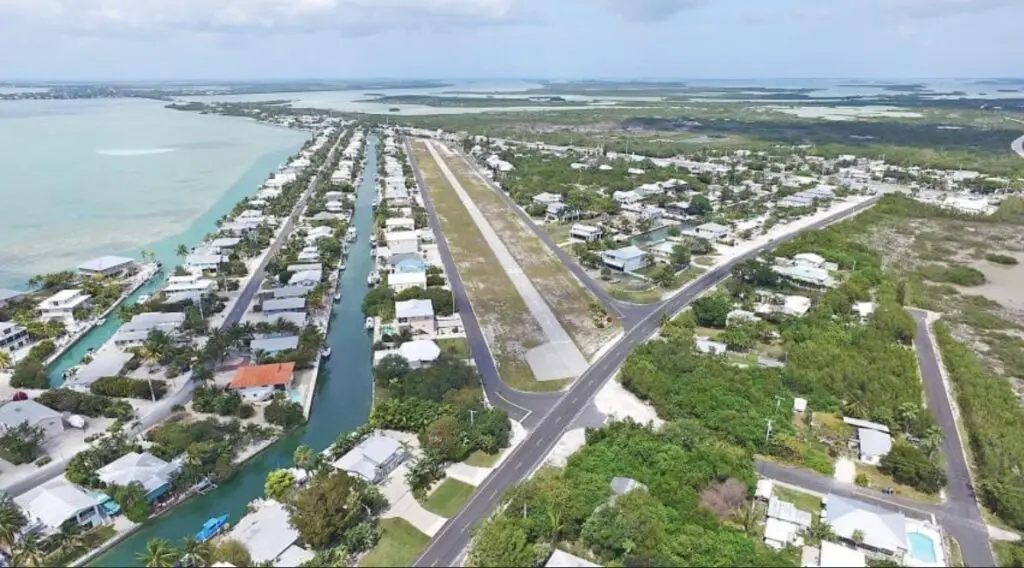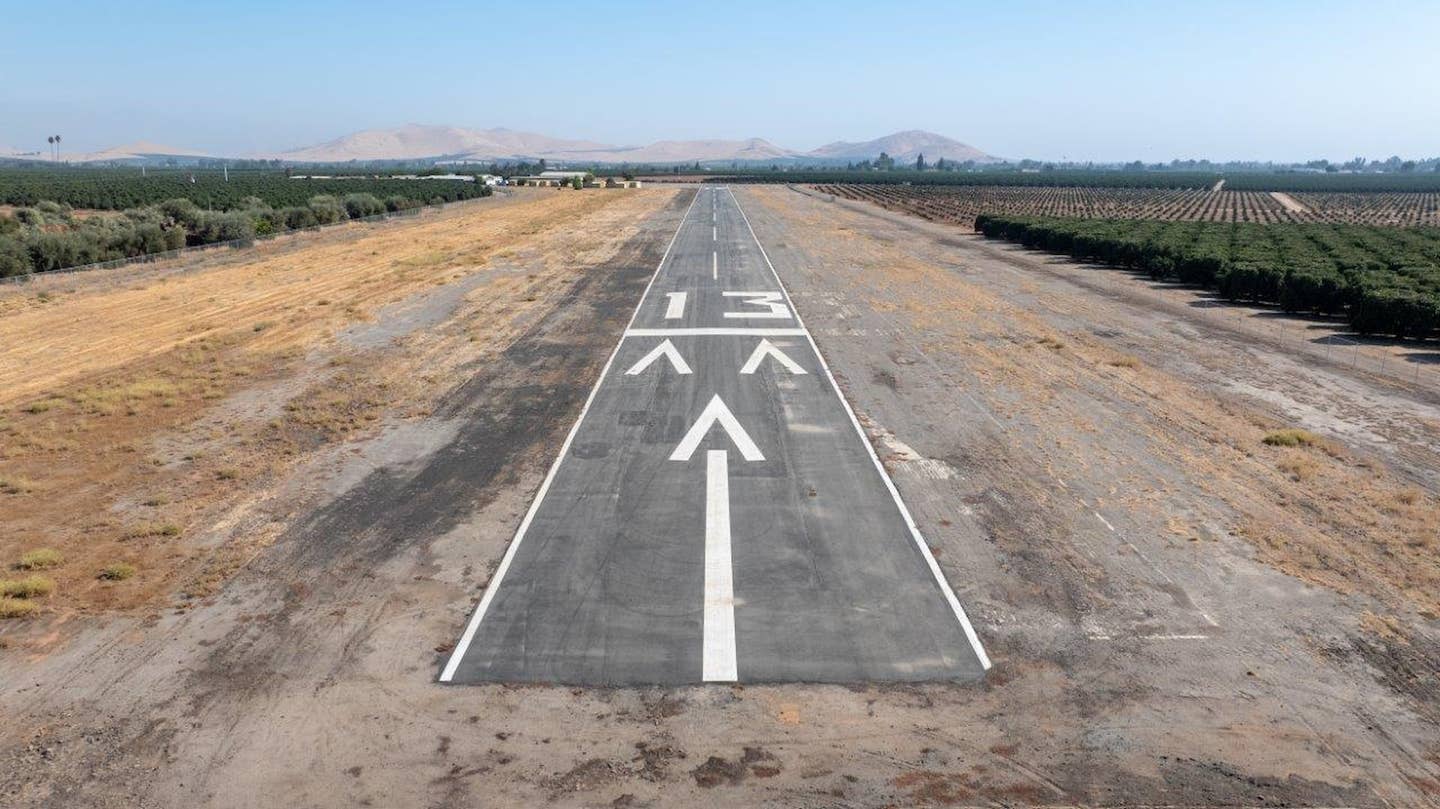Arizona Airpark Keeps Pilot’s Dream Aloft for Decades
The 1,200-acre facility is nearly 60 years old and sits about 20 miles from Tucson’s city center.

Some of La Cholla’s many vehicles, both air- and ground-based. [Courtesy: Seth Koppenhaver]
Seth Koppenhaver of Tucson, Arizona, has been an airpark resident for three years. But he had long hoped to live at a specific fly-in community that has been around for nearly six decades.
“After high school, I went straight into the Air Force as an enlisted guy,” Koppenhaver said. “Growing up in Glendale, just north of Phoenix, the Air Force sent me all the way to Tucson, which is just a hundred or so miles away. I became an air traffic controller at Davis-Monthan [Air Force Base] in the 1990s. And I was lucky enough that they had an aero club on the base with good prices. So, I started plugging away towards getting my civilian ratings.”
It was during his stint in the tower that Koppenhaver first heard about the community where he would live decades later: La Cholla Airpark (57AZ).
“I learned about the airpark back in the 1990s because, as an air traffic controller, I had to be familiar with the area," he said. "I told myself that ‘someday, I’m going to be there.’ And the house that I actually bought in 2020 was the same one that I visited during an open house in 2006, just because I wanted to go to the airpark out of curiosity. That’s just a coincidence. I probably would have bought any house to get on to the airpark”
While Koppenhaver is an active pilot, both professionally and in his free time, his hangar is presently missing a key component—an aircraft. Having only flown heavy metal for nearly a decade at several airlines, he recently decided it was time to start flying single-engine pistons again.
“About a year and a half ago, I rejoined a flying club that I was part of years ago, the Arizona Flyers [Club], which has three Cessnas,” he said. “And even though I don’t yet have my own plane, I do bring the club planes to my house for a long weekend, or whenever I have a good excuse to bring one home for a few days—like my daughter’s 18th birthday party. That evening I flew seven flights with 21 of her friends on short hops over northwest Tucson. Having access and flying small planes is a great opportunity to share the fun of flight. This is not something easily or similarly shared from the airliner front office.”
With or without a plane of his own, residing at an airpark has been an overwhelmingly positive experience for Koppenhaver. He hopes others can also one day experience the same and has become a “resident advocate” of sorts for the community.
“For me, the idea of aviation as a lifestyle is something that I really enjoy,” he said. “For me, just hearing the sound of an aircraft passing by the house takes me away for a moment, wondering where my neighbor might be adventuring off to. The unwritten rule is: If we are outside and a plane passes by, everything stops, and we wave.
“I enjoy visiting my neighbors and learning about them. Aviation brought us together, but we are all more than just airplanes and helicopters. I believe that any airpark should be about improving and growing the airpark while supporting and celebrating our residents. In short, helping and learning from each other.”
Some of these neighbor-to-neighbor discussions have covered the history of their community.
“There’s no history book on La Cholla Airpark,” Koppenhaver said. “What I’ve learned is more folklore—how the airpark came to be. There was no master plan, just the dream of living with your plane. It’s been called a ‘wildcat’ development: Roads were created where they seemed natural and easy to plow with a tractor. When the airpark was first developed, it was considered remote, about 20 miles north of the Tucson city center.
The development sprang up "out in the middle of nowhere," he said.
"The first six years or so in the 1970s is when they started adding more sections of land and creating what is now a 1,200-acre airpark. Even with how big the property is, there are only 122 lots here. That’s because everything is still very rural, and most lots are about 7 acres or so each.
“The formalities of governance and utilities developed year by year as more pilots bought into the airpark and lots were subdivided. I think this way of growing the airpark has given it an Old West town feel and charm. But it has also led to growing pains over the last decade. Facilities, ramps, roads, and the runway were starting to age in the 2000s. I think this past decade has led to a community awakening—that it’s time to reinvest in our community and neighbors. Recent improvement initiatives are planned for the runway, taxiway, and main ramp, while our private roads have already been rebuilt.”
Koppenhaver contends that La Cholla’s history is what makes it different from airparks in the area.
“I think what is really special about this airpark, which might be an example for other airparks in their future, is that…La Cholla was out in the middle of nowhere 50 years ago,” he said. “But now it’s surrounded by population. It’s kind of a little island out here, and I know in Arizona there are quite a few airparks and private runways that are an hour or so drive from the middle of the bigger cities, for example, but in 20 years those places could be like it is here, where life has expanded outside the city center, and now those places might become a little more attractive because they are not so isolated. Now, the airpark is only 10 or so minutes from restaurants, shopping, hospitals, golf courses, community centers, hiking, biking, the list goes on.”
Additionally, Koppenhaver maintains an important facet of the community is its equestrian focus—with residents enjoying both riding and flying. He added some detail surrounding these highly-regarded facilities, particularly La Cholla’s aviation amenities and weather.
“La Cholla Airpark is home to all aircraft with engines, and no unpowered glider or hot-air balloon operations are permitted,” he said. “We do have a motor glider, a few helicopters, light sport and taildraggers, all the piston singles, a few big piston twins, as well as some turboprop and jet action. The runway is 4,500 feet long by 44 feet wide. At 2,900 feet MSL, it gets up over 100 degrees Fahrenheit in the summers, and occasionally below freezing in the winters. We have spectacular sunsets and powerful summer monsoons, with dustings of snow in the winter.
“The last I checked, we have over 40 active resident pilots here at La Cholla Airpark. Then there are another 30 or so in the group that we call ‘associates,’ who keep their planes here at the airport. An associate member is a nonresident aircraft owner, with permission and paid membership fees, that may use and park here full time. We also allow transient aircraft to overnight here on the community ramp with prior permission (PPR). 100LL self-serve fuel is available.”
Living at La Cholla has been a dream come true for Koppenhaver, a lifelong Arizonan who recommends becoming an airpark resident to other aviators.
“While chasing and living the career airline dream, I missed out on sharing the small airplane and GA experience with my kids,” he said. “Now, here at the airpark and with the flying club’s help, I am back to my roots, enjoying GA with my wife, Bobbie, kids, Quentin and Jillian, and friends.”

Sign-up for newsletters & special offers!
Get the latest FLYING stories & special offers delivered directly to your inbox






